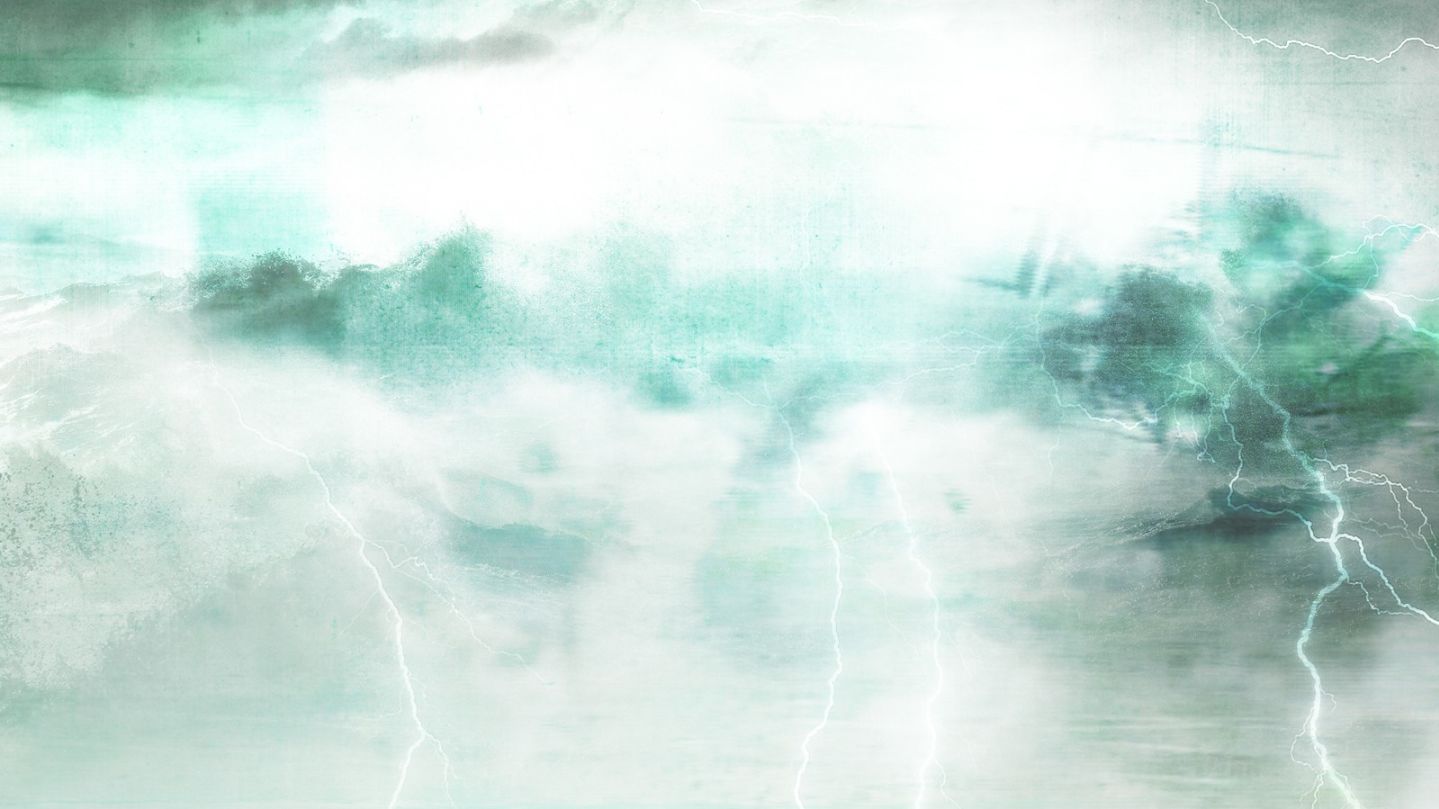For a hurricane to form, it needs warm water, damp air and winds that come together. Familiarize yourself with what makes a hurricane, because you’ll be hearing these terms a lot:
Eye: The center of the storm. If you are in the eye, you can see the stadium effect – where the clouds stack up like a stadium. It is the calmest part of the storm. You can even see blue sky during the day and stars at night.
Eye wall: This is the most dangerous portion of the storm. This is the only area where you will find the winds that are the “strength” of the hurricane, or maximum winds.
Hurricane-force winds: Hurricane-force winds weaken the farther you move away from the eye. In just a few miles you can drop a whole category.
Tropical storm-force winds: Tropical storm-force winds usually are felt throughout a large swath of a hurricane. But they don’t stretch as far as the outer edge of the clouds. These winds are still dangerous but are not the worst of the storm.
Outer bands: These are bands that spiral out of the storm like a pinwheel with water on it. These lines of storms are where tornadoes typically form. It is also where flooding can occur. The bands can create a “training” effect where it just continues to rain in the same place, like we saw in Houston for days after Harvey.
Saffir Simpson Hurricane Wind Scale
This is the scale used to measure how strong a hurricane is.
- Category 1: Winds 74 to 95 mph (Minor damage)
- Category 2: Winds 96 to 110 mph (Extensive damage – Can uproot trees and break windows)
- Category 3: Winds 111 to 129 mph (Devastating – Can break windows and doors)
- Category 4: Winds 130 to 156 mph (Catastrophic damage – Can tear off roofs)
- Category 5: Winds 157 mph or higher (The absolute worst and can level houses and destroy buildings)
The peak of the hurricane season
The Atlantic hurricane season hits its peak on September 10. The eight weeks around that date often are prime time for the conditions that fuel powerful storms.
Hover over the chart below to see the historical statistical probability of a tropical storm or a hurricane on a specific date.
CNN’s Sean O’Key and Curt Merrill contributed to this report.


